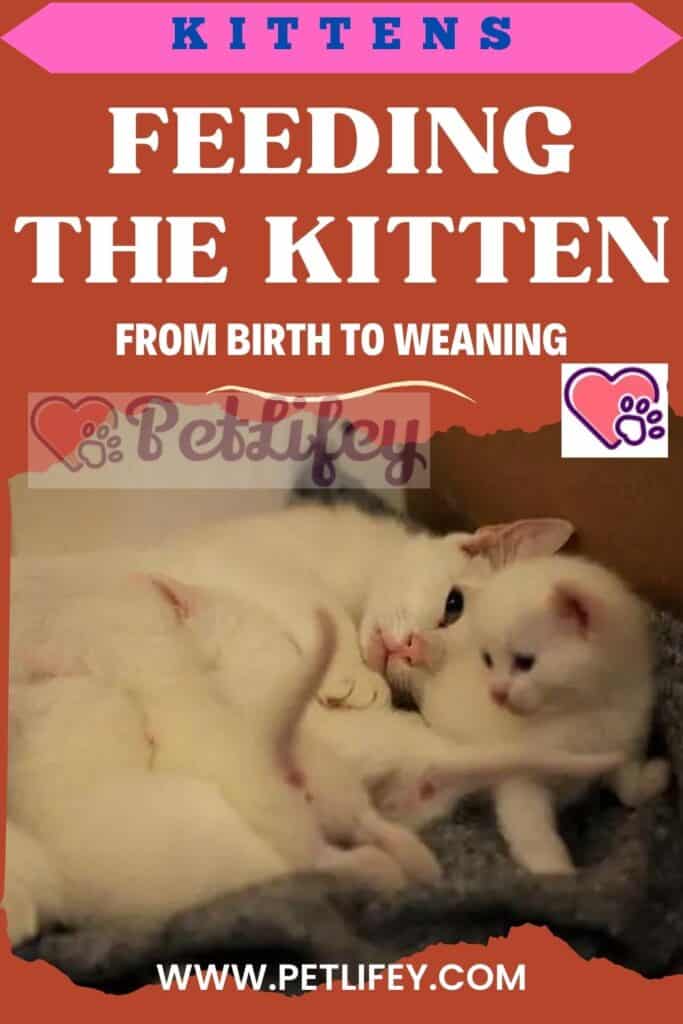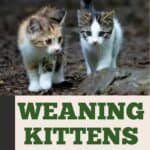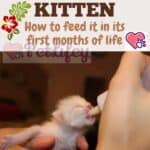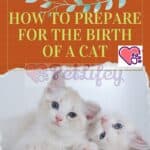The feeding of the kitten in the phases ranging from birth to weaning includes a series of aspects that should not be underestimated: here is everything you need to know.

The cat’s nutritional needs change many times over the course of its life, starting from birth up to old age: controlling the cat’s diet at all stages is essential for the well-being of the cat, so you need to know the guidelines right for each age.
When still a puppy, the kitten needs specific quantities and qualities of food for its growth needs on the one hand, and for its still delicate digestive system on the other. Furthermore, let’s not forget that a puppy cat only gets his teeth from the second week of life and also the rhythms of feline teething inevitably affect the feeding of the puppy cat.
In this article, we will delve into the nutritional needs and the healthy and balanced diet of the kitten, from the moment of birth to the weaning phase.
Feeding the puppy cat: quantity of food month after month
How to feed a newborn kitten?
Newborn cats usually do not need to be fed by the owner, considering that the cat will provide for all their needs through maternal breastfeeding: however, there are borderline cases in which kittens cannot be nursed by the mother and we are we have to provide for their livelihood.
Artificial feeding in kittens is necessary in kittens under 2 months of age. In general, you should never give cow’s milk: the ideal would be to have an adoptive mother available, or to buy artificial milk for cats and a bottle suitable for the situation in a specialized shop.
Remember to carefully sterilize the bottle at each feeding, to strictly follow the instructions of the veterinarian regarding the quantities of food, to respect the instructions on the package for the ratio between water and milk. Finally, just like the mother cat would, stimulate the anus-genital area of the kitten and massage the abdomen, to facilitate digestion.
For the frequency of meals in the formula feeding of the puppy cat, the following table can be followed:
– Up to 2 weeks> every 3/4 hours for a total of 7/8 feedings per day;
– From 3 weeks> every 5/6 hours, for a total of 5/6 feedings per day;
– At two months> the weaning phase of the puppy cat begins.
Feeding the puppy cat at one month of age
Starting more or less from the third or fourth week after giving birth, the mother cat begins to produce less and less milk. To follow the natural rhythm of feline breastfeeding and weaning, from that moment on, kittens must be accustomed to eating foods with a texture and flavor different from their mother’s milk.
The ideal would be to make the kitten taste a little more solid food starting from the 25th day of age: you can opt for both a specific commercial food for puppies, and for the preparation of homemade food suitable for the age of the kitten. cat. The best thing is to give very small quantities to increase slowly, trying to mix solid food with milk if the puppy cat does not seem inclined to taste.
Of course, solid food at this age still means soft and creamy consistencies, such as mousse or baby food. It is also possible to use warm water or chicken broth to soften the cat’s food.
At this age, the kitten should have 4 small meals spread throughout the day.
Two month old kitten: how does weaning work?
In this phase, the puppy cat learns what will be the basics of his diet in the future: the ideal is to let him taste as many varieties of food as possible, so that he can have a healthy, balanced and varied diet.
Ok to dry and wet foods, but also to homemade baby food and small experiments with raw foods following the rules of the BARF Diet for cats.
If the cat gets used to eating different types of food from an early age, it will be easier for him to deal with any dietary changes during adulthood or when he is elderly: sometimes, in fact, cats can run into health problems that require a particular diet.
The foods to prepare at home for a two-month-old kitten should be light and easy to digest: for example, boiled chicken breast, boiled carrots, well-done pasta, boiled fish without bones. For a start, even baby food and vegetables can be a good solution. In any case, it is necessary to consult the veterinarian to avoid that the puppy has dangerous nutritional deficiencies.
Feeding the puppy cat from the 4th month onwards
At the age of 4 months the kitten still has a delicate stomach and needs to eat small, light and frequent meals: the ideal is to divide the cat’s daily ration into about 4/6 meals a day.
As the weeks go by, we will continue to increase the proportion of solid food and to choose consistently less creamy and increasingly larger pieces, of course without exaggerating.
From the 6th month onwards, the daily dose can be increased gradually with 10 grams of extra food at each meal.
At the age of 1, the cat can be considered an adult and it will be necessary to introduce commercial food suitable for its age or continue with the home diet, adjusting the quantity and frequency of meals to its specific needs.
Foods that are toxic and dangerous for cats

Whether it is a still small kitten, an adult cat or an elderly cat, we must always pay attention to the types of food we offer to our domestic feline.
There are some foods that are absolutely forbidden to cats, because they are potentially toxic and dangerous.
So be careful to choose the right foods in the weaning phase: among meats, chicken, beef, turkey and ham are preferred, while for vegetables it is good to focus on carrots, peas and spinach. Growing up, you can add other foods to the cat’s bowl, including fish, eggs, entrails.
Among the foods to be avoided absolutely in the diet of the puppy and adult cat we remember instead: cow’s milk, sausages, sugar, chocolate and various sweets, garlic and onion, potatoes, tomatoes and aubergines, nuts and seeds in general, cooked bones.






